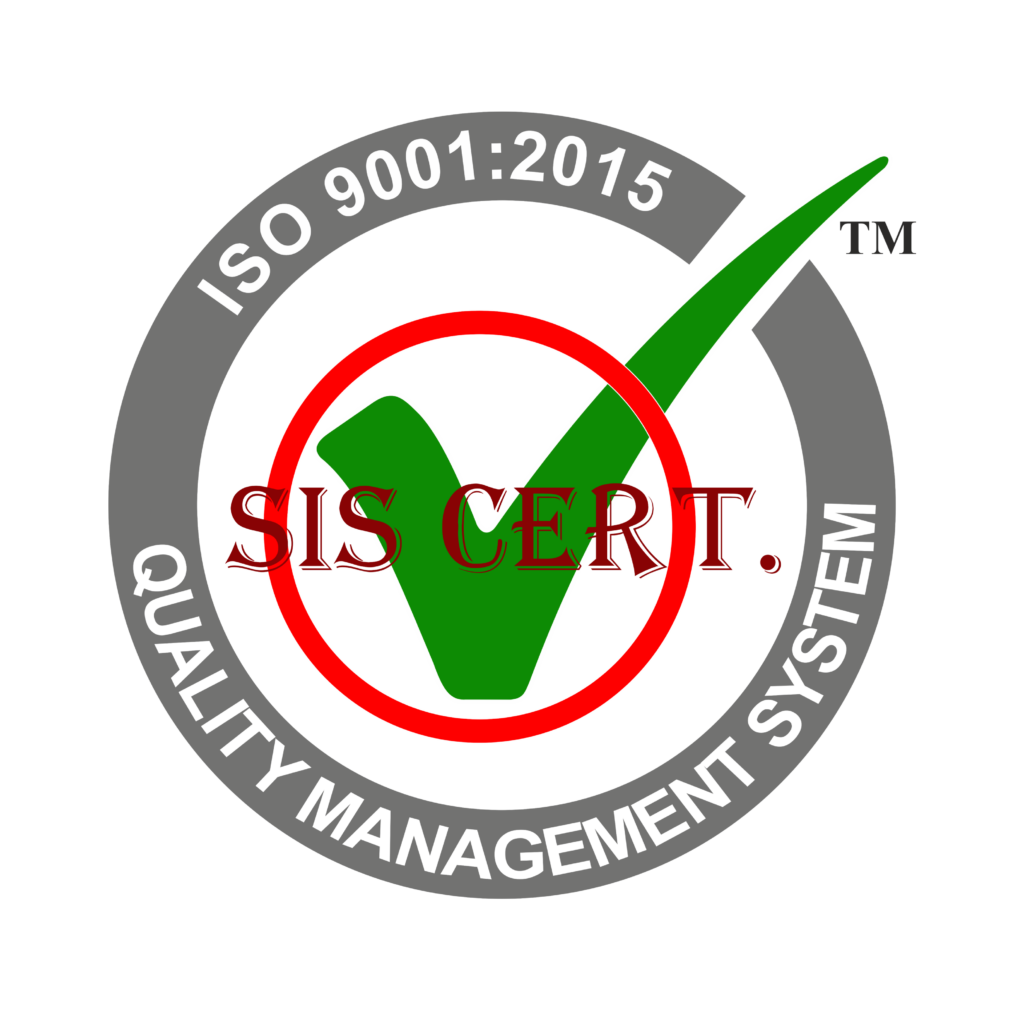Recycling stainless steel has numerous advantages. It can reduce the strain on natural resources, lessen environmental impact, and provide economic benefits.
As global stainless steel recycling trends continue to develop, it is important to understand the associated challenges and potential solutions. This article will explore how global stainless steel recycling trends are impacting the world today and provide insight into potential solutions.
Key Takeaways
- Recycling stainless steel reduces waste and conserves resources.
- The process of recycling stainless steel is energy intensive and costly.
- The presence of contaminants inhibits the recycling process of stainless steel.
- Increased public awareness and government incentives are needed to encourage greater participation in stainless steel recycling.
Advantages of Recycling
The primary advantage of global stainless steel recycling is the ability to reduce waste and conserve resources. This is an important consideration in an increasingly globalized market context, as it helps to ensure that the stainless steel industry is able to meet the changing demands of the market without depleting resources.
Additionally, recycling stainless steel decreases the environmental burden of producing new materials, as the energy and emissions associated with the production process are greatly reduced. Additionally, recycling of stainless steel helps to create jobs, as the process of recycling requires labor and contributes to the local economy.
The current global trends in stainless steel recycling demonstrate the positive impacts of recycling on the global market. For example, the global stainless steel recycling rate has increased steadily over the past decade, reaching over 64% in 2019. This has helped to increase the efficiency of the global stainless steel industry, as well as promote sustainability and reduce environmental burden.
Furthermore, the increased demand for recycled stainless steel in the global market has also driven the growth of the industry, leading to the creation of more jobs and the development of new technologies and processes for stainless steel recycling.
Challenges of Recycling
Despite the many advantages of stainless steel recycling, there are also a number of challenges associated with the process. One of the biggest challenges is the fact that the process is often energy-intensive, making it costly and inefficient. Additionally, stainless steel is often mixed with other materials, making it difficult to separate and further complicating the process. Furthermore, the presence of contaminants, such as dust, paint, and rust, can further inhibit the recycling process.
In order to overcome these challenges, it is important for manufacturers and recyclers to invest in new technologies and processes that will make stainless steel recycling more efficient and cost-effective. Additionally, it is important to promote education and awareness about the importance of stainless steel recycling. Finally, it is essential for the industry to develop new strategies and solutions that will reduce contamination and energy consumption.
Environmental Impact
In addition to the challenges associated with stainless steel recycling, there is also the potential for significant environmental impacts. From air and water pollution, to greenhouse gas emissions, the impacts of recycling stainless steel can be far-reaching and detrimental to the environment.
To reduce the environmental impact of stainless steel recycling, it is important to understand the global trends associated with it. For instance, the increased use of advanced technologies, such as plasma arc melting, can significantly reduce the amount of energy and resources required for the recycling process. Furthermore, the use of environmentally friendly processes, such as non-toxic cleaning solutions, can also help to reduce the environmental impact associated with stainless steel recycling.
Overall, understanding the global trends associated with stainless steel recycling is essential to reducing the environmental impact of the process. By utilizing the latest technologies and processes, it is possible to maximize the recycling capabilities of stainless steel while minimizing negative environmental impacts.
With the right approach, the recycling of stainless steel can be an important part of a more sustainable future.
Economic Benefits
Additionally, stainless steel recycling can have a positive economic impact, providing both direct and indirect benefits to businesses and countries around the world. Recycling stainless steel can lead to cost savings for businesses due to the reduced need for mining, manufacturing, and transport of new materials. This can lower the cost of production and increase profitability. On a larger scale, the money saved can be reinvested into the local economy, creating more jobs and stimulating growth.
Furthermore, increased stainless steel recycling can reduce the reliance on imported materials and create a more self-sufficient economy. This is especially beneficial for countries with smaller economies that are dependent on imports and exports. Additionally, the reuse of stainless steel materials can help to reduce waste and pollution, resulting in cost savings for businesses in the form of reduced taxes and fines.
Potential Solutions
How can we address the potential issues associated with global stainless steel recycling trends?
One of the most promising solutions for curbing the negative impact of stainless steel recycling is to encourage the development and use of new technologies that promote more efficient and sustainable recycling processes. By optimizing the efficiency of the recycling process, manufacturers can reduce the amount of materials that are wasted during the recycling process, resulting in a more sustainable and effective approach to stainless steel recycling. Additionally, research into new recycling methods, such as plasma arc melting, could help to reduce the environmental impact of stainless steel recycling and provide a more cost-effective solution.
In addition to technological advancements, other potential solutions for addressing global stainless steel recycling trends include increased public awareness of the importance of recycling and the implementation of government incentives to encourage greater participation in stainless steel recycling. By raising the public’s awareness of the environmental and economic benefits of stainless steel recycling, consumers can be encouraged to make more sustainable choices when it comes to the disposal of their scrap metal. Furthermore, local and national governments can provide incentives to drive the development of new stainless steel recycling technologies and processes.
Frequently Asked Questions
What Is the Current Rate of Global Stainless Steel Recycling?
The current rate of global stainless steel recycling is increasing, with many countries striving for greater sustainability. New technologies and processes are enabling efficient collection and reuse of recycled materials, leading to a more efficient recycling system.
How Does Stainless Steel Recycling Differ Across Countries?
Stainless steel recycling varies significantly between countries, due to economic, environmental, and infrastructural factors. These differences present opportunities for innovation to improve global recycling rates.
What Are the Costs Associated With Recycling Stainless Steel?
The costs of recycling stainless steel vary depending on the location and the quantity of the metal being recycled. Factors such as the cost of labor and resources must also be taken into consideration.
What New Technologies Are Being Used for Stainless Steel Recycling?
New technologies for stainless steel recycling include pyrometallurgy, hydrometallurgy, and electrorefining. Creative solutions are being developed to increase efficiency and reduce costs.
How Can Governments Incentivize Stainless Steel Recycling?
Governments can incentivize stainless steel recycling by providing tax breaks to companies engaged in the process, as well as offering subsidies for the purchase of new stainless steel recycling technology.
Conclusion
Recycling stainless steel has clear advantages, including environmental and economic benefits. While there are some challenges to recycling stainless steel globally, such as contamination and transportation costs, these can be overcome with the right strategies in place.
Solutions include improved collection methods, increased awareness about the benefits of recycling, and the implementation of recycling incentives. Such measures can ensure that the global stainless steel recycling trend continues and that its benefits are maximized.


